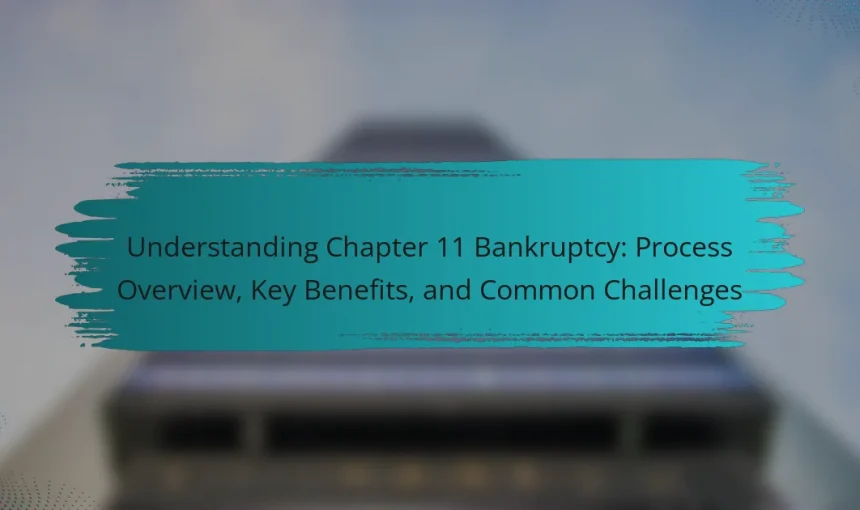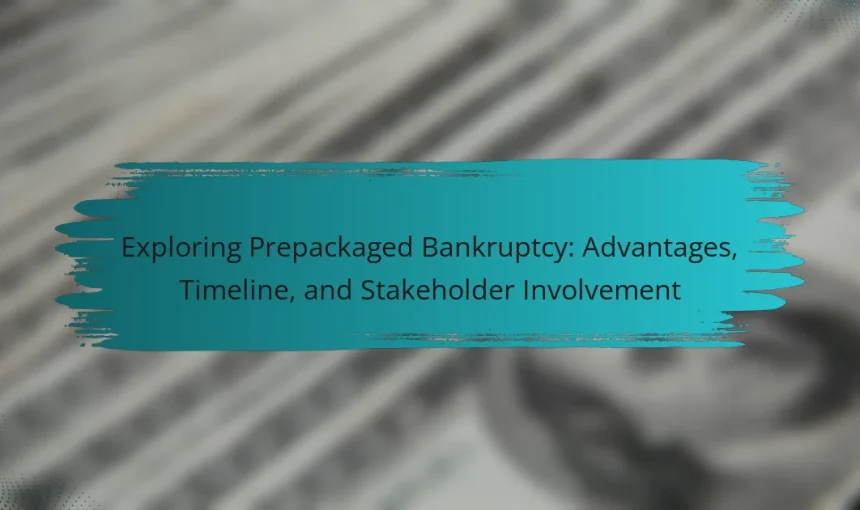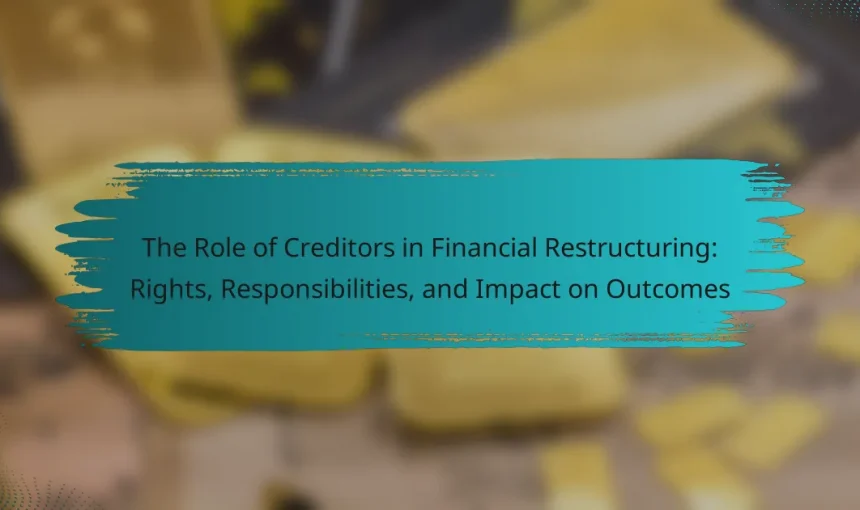The Post-Restructuring Phase is a critical period that follows an organizational restructuring, emphasizing the monitoring of change implementation and compliance with new policies. This phase assesses the effectiveness of restructuring efforts while aiming to stabilize the organization and promote long-term growth strategies. Key activities during this phase include evaluating employee performance and adapting processes based […]
Financial restructuring is a process that significantly alters corporate governance by changing decision-making dynamics among shareholders, creditors, and management. This article explores the impact of financial restructuring on governance structures, highlighting key changes such as increased board oversight, enhanced accountability, and improved transparency in financial reporting. It discusses how these shifts can lead to better […]
Debt restructuring strategies refer to the methods utilized by individuals or organizations to alter the terms of their debt obligations, aiming to enhance financial stability and facilitate repayment. This article analyzes various types of debt restructuring strategies, including negotiating lower interest rates, extending repayment periods, and converting debt to equity. It outlines the implementation steps […]
Distressed asset acquisitions refer to the purchase of underperforming or financially troubled assets, which can include real estate, companies, or financial instruments. Investors are attracted to these assets due to the potential for significant returns after rehabilitation, often acquired at lower prices. The article explores the opportunities presented by distressed assets, such as acquiring undervalued […]
Chapter 11 Bankruptcy is a legal framework allowing businesses to reorganize their debts while maintaining operations. This process enables companies to negotiate new payment plans with creditors, retaining control of their assets throughout. The article provides an overview of the Chapter 11 process, highlighting its key benefits, such as financial stability and job preservation, as […]
Effective communication is essential during restructuring processes, ensuring that all stakeholders comprehend the changes and their implications. This article explores strategies for fostering transparency and trust, which can significantly reduce resistance to change. It highlights the importance of stakeholder engagement in enhancing communication, leading to clearer messaging and increased collaboration. The article also discusses various […]
Prepackaged bankruptcy is a structured approach where a company negotiates a restructuring plan with its creditors prior to filing for bankruptcy, allowing for expedited approval and implementation. This process typically spans 3 to 6 months and involves key stakeholders, including creditors, shareholders, and legal and financial advisors, each playing vital roles in shaping the outcome. […]
Creditors are key participants in financial restructuring, influencing negotiation outcomes and shaping the financial stability of the entity undergoing the process. This article outlines the roles of different types of creditors, including secured, unsecured, and subordinated creditors, detailing their rights, responsibilities, and the impact of their decisions on restructuring outcomes. Effective communication and collaboration among […]
Asset sales in restructuring involve the sale of a company’s assets to enhance financial stability, particularly during bankruptcy or financial distress. This process generates cash to pay creditors and reduce debt, encompassing both tangible assets like machinery and real estate, and intangible assets like patents. The article outlines various methods for evaluating asset sales, including […]
Financial advisors are essential in the restructuring process, providing expert guidance and strategic planning to enhance a business’s financial health. They conduct thorough financial analyses to identify areas for improvement and develop comprehensive restructuring plans that align with organizational goals and market conditions. Their services include negotiating favorable terms with creditors, identifying potential investors, and […]









